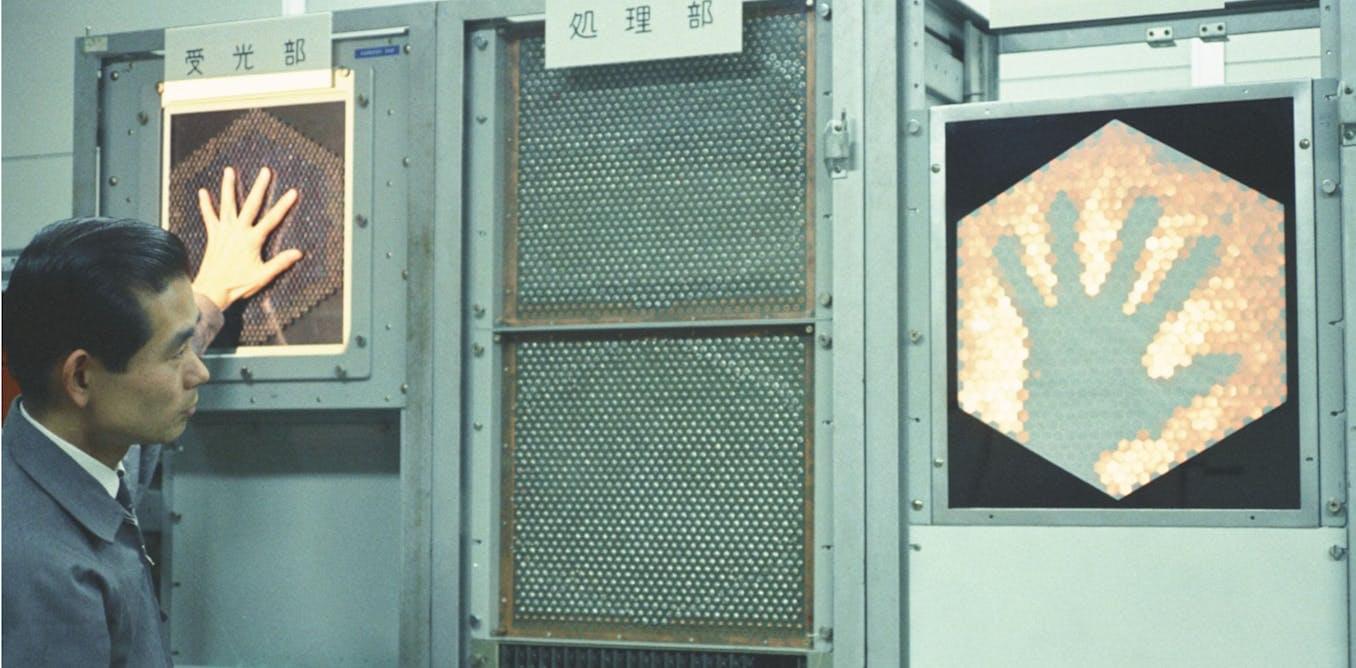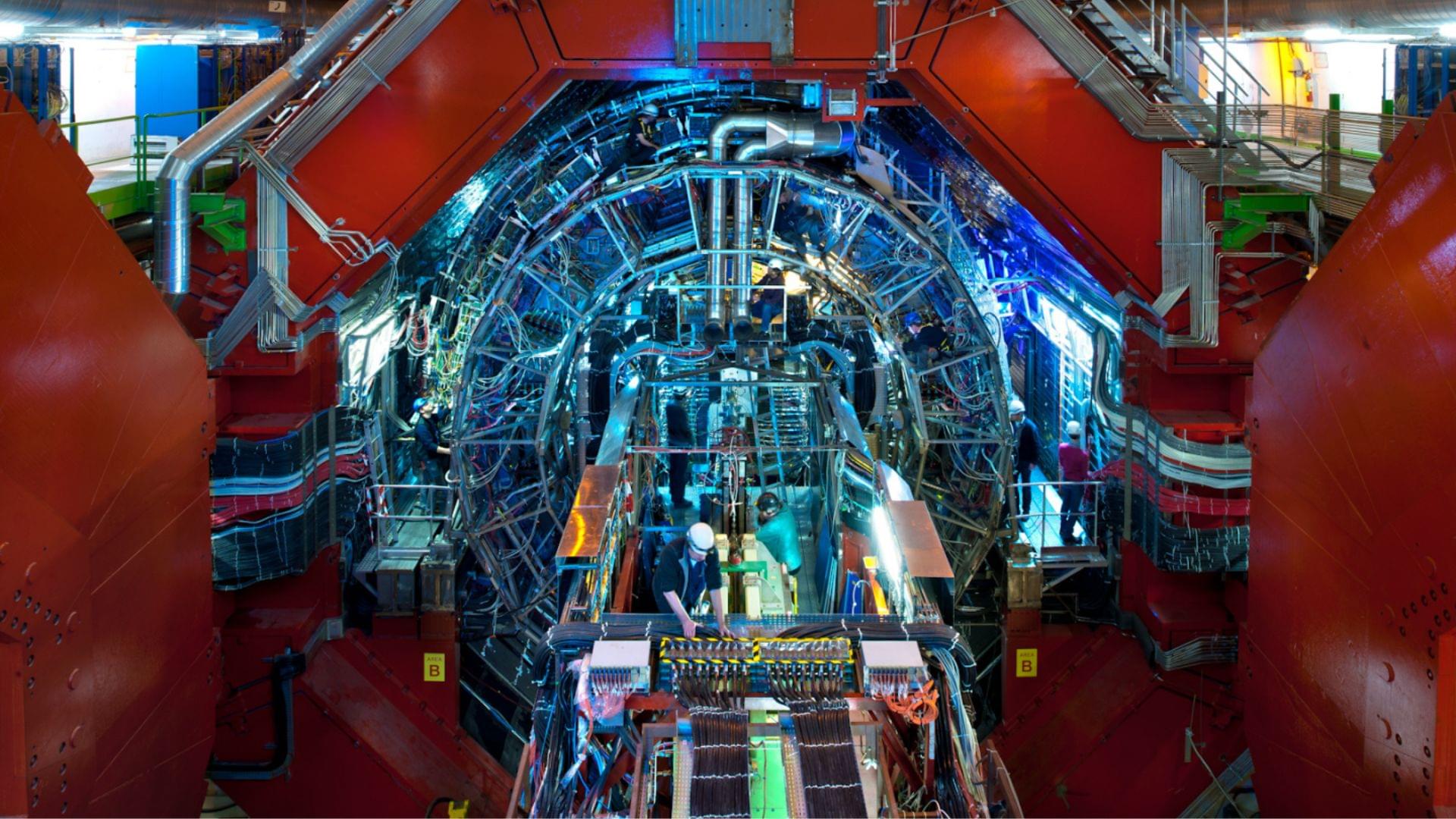MIT researchers from America have taken a leap towards achieving nuclear fusion, finding key material for the vacuum vessels to extend the reactor’s lifespan.



In the 1930s, researchers first noticed oddities in how galaxies moved, suggesting something invisible exerted gravitational pull. Decades later, studies of the cosmic microwave background —the lingering radiation from the universe’s birth—confirmed dark matter’s importance in shaping cosmic evolution.
A pivotal study by the Planck Collaboration in 2018 revealed that dark matter makes up roughly 27% of the universe’s total energy. By comparison, ordinary matter—the stuff of planets, stars, and us—accounts for only 5%.
Scientists have spent decades trying to understand what dark matter might be. Supersymmetry, a popular theory in particle physics, proposes a “partner” particle for every known particle, potentially offering clues about dark matter’s identity.

Scientists have discovered a “blueprint” for long life by decoding the genome, gut health and lifestyle of the world’s oldest person who died last year at 117.
Maria Branyas Morera, an American-Catalan Caucasian woman, was born in March 1907 in San Francisco, US, and died in August 2024.
While centenarians are becoming more common thanks to advances in health care, supercentenarians aged over 110 are still extremely rare.


Brain activity in vocalizing budgerigar parrots showed a pattern that harkened to those found in the brains of people.

Join us for a fascinating interview with Art Ramon, an OmniFuturist and surrealist artist who bridges traditional oil painting with cutting-edge AI art techn…

He majored in Mathematical Engineering in 1958 from the University of Tokyo then graduated in 1963 from the Graduate School of the University of Tokyo.
His Master of Engineering in 1960 was entitled Topological and Information-Theoretical Foundation of Diakoptics and Codiakoptics. His Doctor of Engineering in 1963 was entitled Diakoptics of Information Spaces.
Shun’ichi Amari received several awards and is a visiting professor of various universities.
